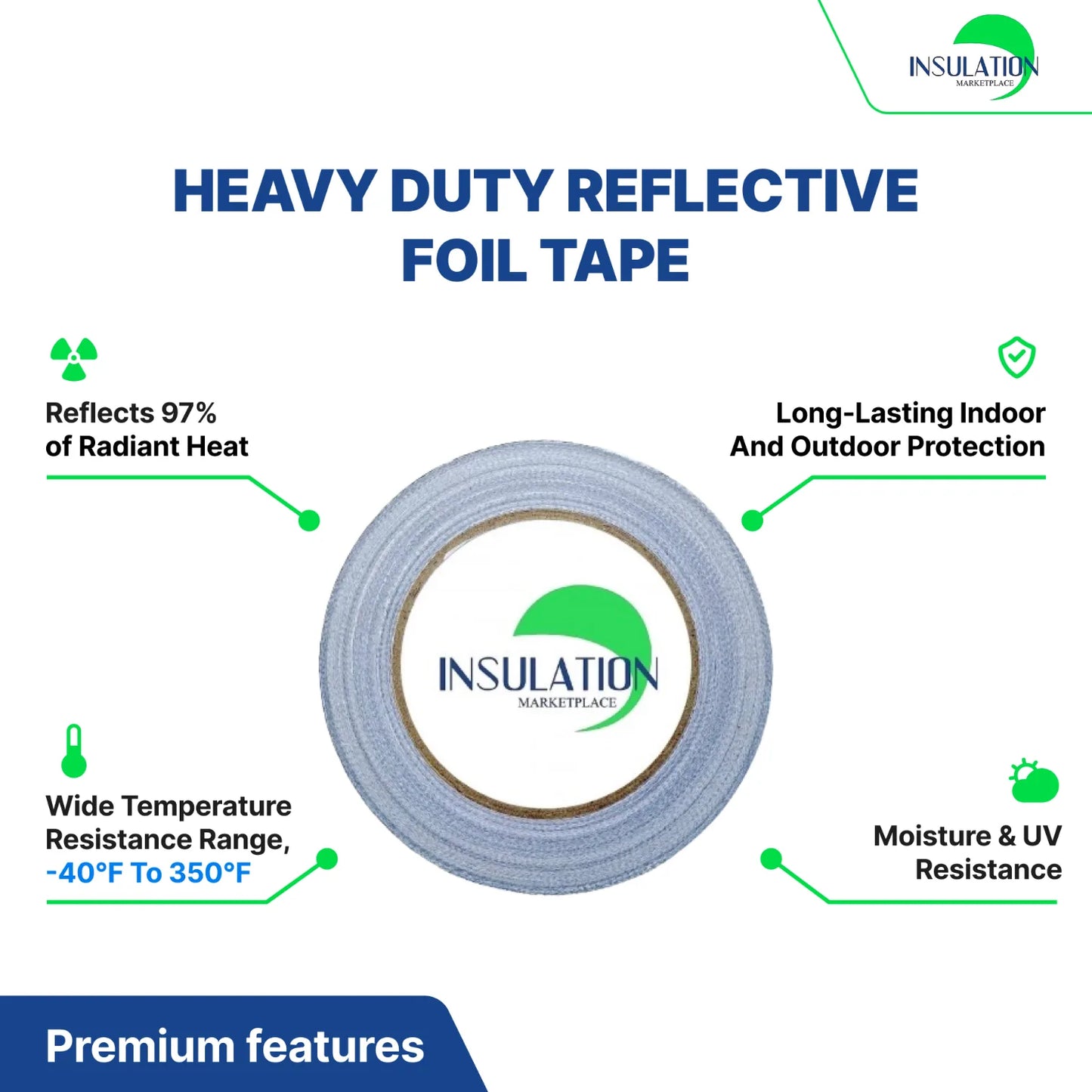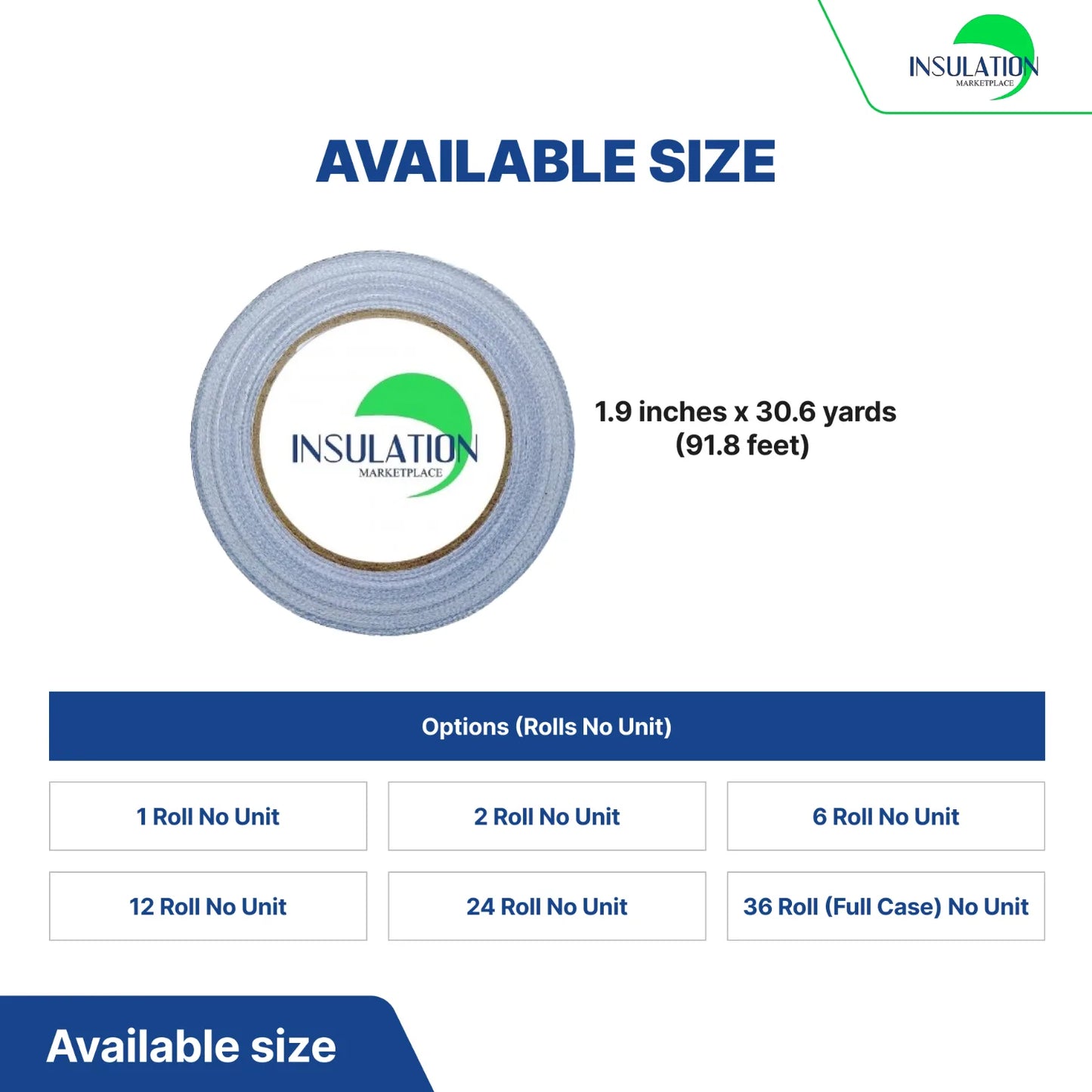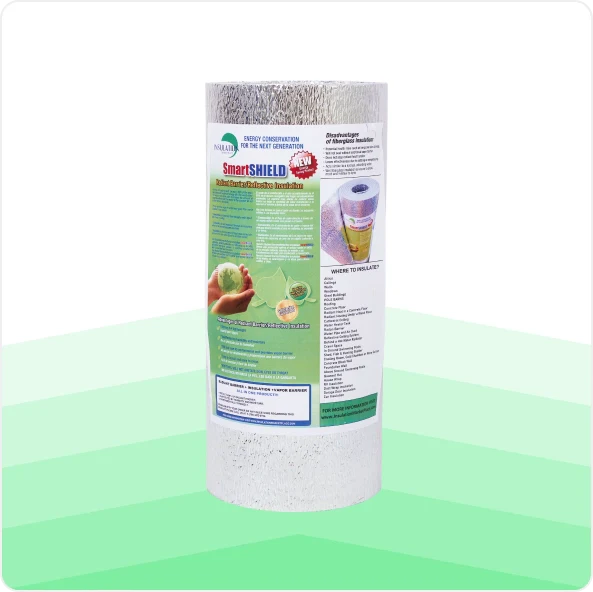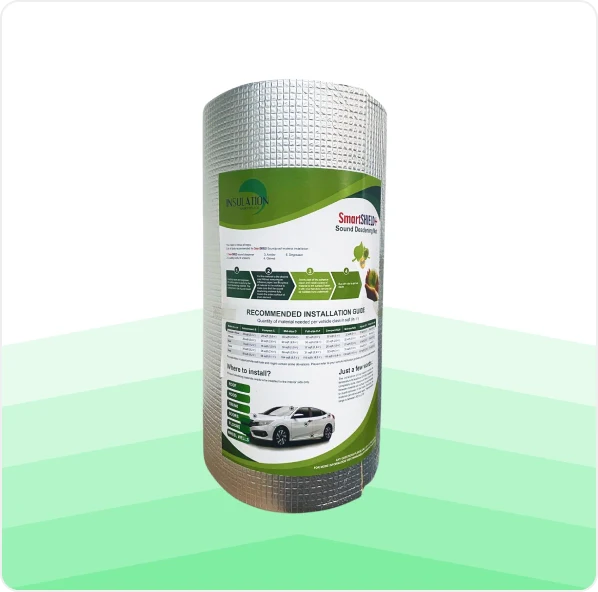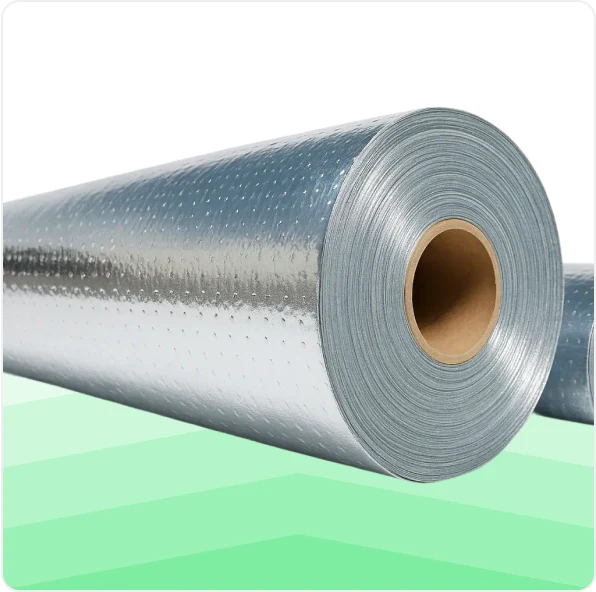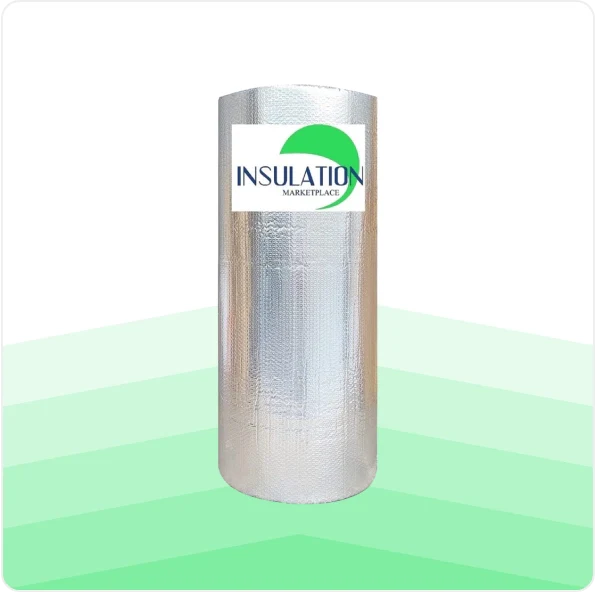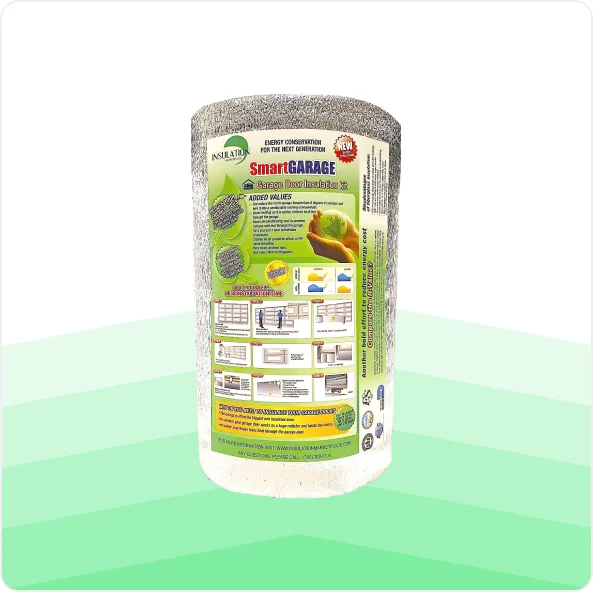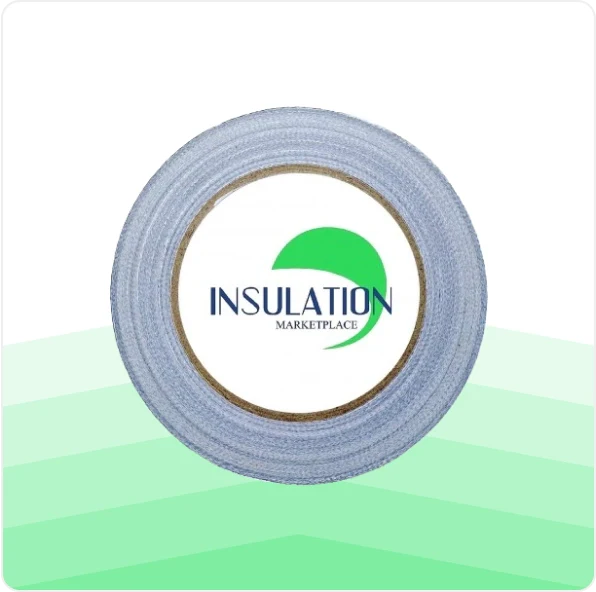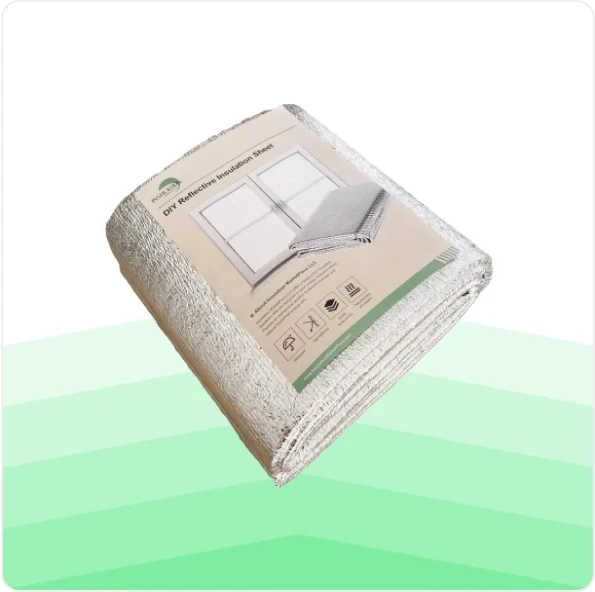What makes this metallic tape for ducts ideal for HVAC applications?
This metallic tape is designed for HVAC systems with a wide temperature resistance range, from -40°F to 350°F. It can endure extreme cold and heat, making it perfect for air ducts exposed to temperature fluctuations. The fiberglass backing adds tear resistance, ensuring the tape remains intact on metal ducts, even under pressure.
The high-tack synthetic rubber adhesive bonds quickly to metal, plastic, and foil facings, providing a secure seal to prevent air leaks. Additionally, its aluminum construction reflects up to 97% of radiant heat, enhancing energy efficiency by maintaining consistent temperatures inside ducts. The tape’s moisture and UV resistance ensures long-lasting performance, even in humid or sun-exposed environments, reducing maintenance costs and downtime. Its peel-back liner design makes it easy to apply in tight spaces, allowing professionals to create high-quality seals in challenging duct configurations.
Why use metallic tape for ducts instead of regular tape?
Metallic tape outperforms regular tape when it comes to duct insulation applications. Firstly, regular tapes deteriorate quickly when exposed to temperature fluctuations. Meanwhile, the aluminum-fiberglass tape can withstand a wide temperature range without losing adhesion or structural integrity, from -40°F to 350°F.
The fiberglass provides superior tear resistance for metallic tape compared to standard tapes. It prevents separation or failure at duct joints where pressure changes occur. Additionally, the aluminum layer creates an excellent vapor barrier that is more robust than cloth or paper-based tapes.
While the adhesives of regular tapes easily degrade when exposed to moisture or UV light, the metallic tape's synthetic rubber adhesive maintains bond strength despite these conditions.
The reflective aluminum surface reflects up to 97% of radiant heat, which is unavailable with non-metallic options. This reflective property helps maintain consistent temperatures throughout HVAC systems.
Last but not least, fiber-reinforced metallic tape conforms better to irregular duct surfaces, with an airtight seal. Its specialized adhesive bonds securely to metal, insulation, and foil surfaces, with reliable connections.
How do you apply this tape to air ducts?
Start with cleaning and drying surfaces. Wipe the duct area with isopropyl alcohol to remove dust, oil, or moisture in order to accommodate proper adhesion. Then, allow time for the surface to dry completely.
Measure the section with tape. Cut the tape to the appropriate length, remembering to add 1-2 inches extra for overlap. For corners or irregular shapes, prepare separate pieces rather than stretching a single piece.
Remove a small portion of the peel-back liner initially and position the exposed adhesive at your starting point. Press firmly to establish contact.
Gradually remove the remaining liner as you apply the tape while maintaining tension to prevent wrinkles. Then, press firmly along the application path using a plastic squeegee or cloth to maximize adhesive contact.
For joints or seams, center the tape over the connection equally on both sides. For pipe insulation, wrap with a 50% overlap between layers.
After application, press firmly across the entire taped surface to eliminate air bubbles and ensure complete adhesion. Pay special attention to edges and corners where lifting often occurs.
You can apply at temperatures above 35°F for optimal adhesive performance.
What makes this tape suitable for multiple uses?
The combination of aluminum, fiberglass, and high-quality adhesive makes this metallic tape versatile. It handles temperatures from -40°F to 350°F, making it ideal for both cold and hot environments like freezers and boiler rooms. Its UV and moisture resistance make it durable outdoors, perfect for exterior ducting, HVAC units, and pipe insulation.
The tape’s strong adhesive bonds to various surfaces such as metal, plastic, foil-faced insulation, and fiberglass, making it suitable for residential, commercial, and industrial use. The reflective aluminum surface is useful for applications requiring heat retention or reflection, such as attic insulation repairs and radiant barrier patching.
Its 1.9-inch width provides a balance between coverage and precision, and it is tear-resistant, even when applied to irregular surfaces. The tape can be easily cut with common tools, making it perfect for both DIY projects and professional installations.
Explore our category of tape for insulation or check out our double sided insulation tape option to find the perfect fit for your project!

